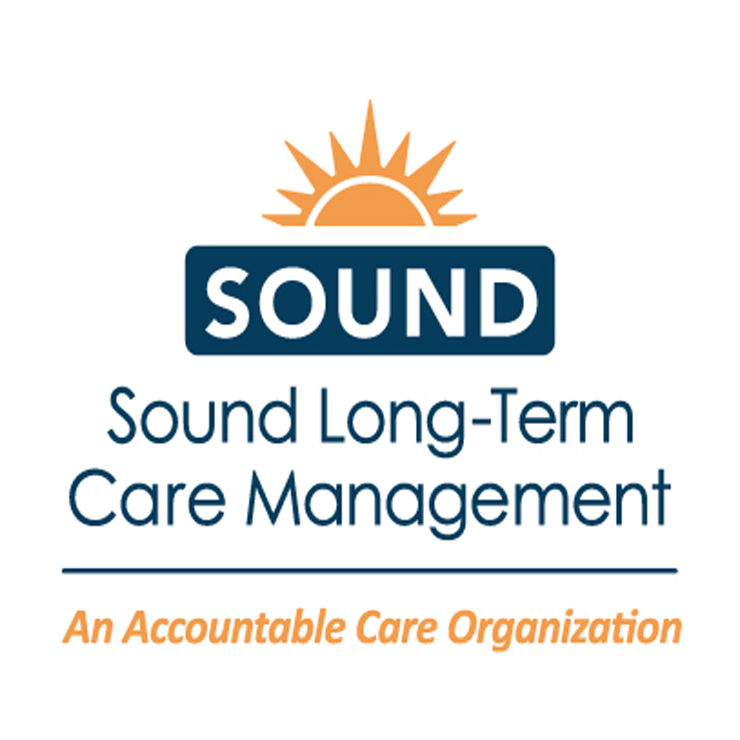Being Intentional About Reporting Leads to Better Quality
Mike Camacho and Tom Kim, MD
6/13/2024
ADVERTORIAL
 When Sound Long-Term Care Management (SLTCM)—an accountable care organization (ACO) focused on caring for Medicare beneficiaries who are residents of long term care facilities—launched on January 1, 2023, it was faced with the challenge of determining the best approach for reporting quality metrics.
When Sound Long-Term Care Management (SLTCM)—an accountable care organization (ACO) focused on caring for Medicare beneficiaries who are residents of long term care facilities—launched on January 1, 2023, it was faced with the challenge of determining the best approach for reporting quality metrics.
“We knew as an ACO that we didn’t want to pursue a reporting mechanism like web interface reporting that would go away in a year,” said Mike Camacho, president of SLTCM, which is part of Sound Physicians. SLTCM had a critical decision to make regarding options on how best to collect and report quality data.
As part of the Medicare Shared Savings Program (MSSP), Medicare offers multiple ways for providers in the ACO to report quality metrics to the Centers for Medicare and Medicaid Services (CMS). The three submittable measures for an MSSP ACO are HbA1C Poor Control, Screening for Depression, and Follow-Up and Control of High Blood Pressure. These measures can be satisfied by one of the three pervasive models for ACOs for quality reporting:
- eCQM: Electronic clinical quality measures are measures that track the quality of health care provided by using data from electronic health records and health information technology. eCQMs are collected from electronic medical record (EMR) data and calculated using technology certified through the Office of the National Coordinator for Health Information Technology.1
- MIPS CQM: Merit-based incentive pay system clinical quality measures take into account quality, improvement activities, promoting interoperability, and cost. MIPS CQMs offer more flexibility because there are multiple options to collect the quality data, including EMR data, that will then be reported via a qualified registry.1
- Web-Interface reporting: In this model, CMS requires 10 quality metrics to be reported on a randomized percentage of the total assigned ACO population.
- CMS will sunset the web interface after the 2024 performance year, so this will no longer be a data submission option going forward for ACOs. Beginning in 2025, ACOs participating in the MSSP will be required to report on eCQM/CQM MIPS.2
Keys to Successful Quality Reporting
In the first year of quality reporting, SLTCM reported in the 95th percentile or higher for quality metrics. During the formation of the ACO, it became evident in partnership with post-acute providers and facilities that many post-acute EMRs lacked the ability to export structured data in the format required to do eCQM reporting. SLTCM decided to pursue MIPS CQM reporting for its ACO. Below are the keys to success pursued by SLTCM to report quality for a post-acute ACO in 2023.
1. Select the right vendors.
- SLTCM selected Mingle Health as our reporting registry for MIPS CQM. Mingle Health brings multiple years of experience with data aggregation and reporting along with a plan to support the ACO through the entire reporting process.
- The ACO also contracted with MarMacKee Consulting, which assists with educating the provider groups about the required quality metrics and assesses each group’s reporting capabilities.
2. Create a plan to collect quality data.
- Our clinical leadership team headed by Dr. Thomas Kim, chief medical officer, established a biweekly reporting cadence back with the clinical leadership teams within the participating ACO groups.
- SLTCM has dedicated account managers who work closely with Mingle and MarMacKee to provide a wraparound support team for each provider group.
- In instances where there are several different provider groups using the same EMR vendor, SLTCM represents the provider participants to work directly with those vendors to receive data directly from the EMR.

3. Track performance.
- Toward the fourth quarter of the reporting period, SLTCM established a biweekly check-in call to work with providers and facilities to review collected data and pending quality gaps. Some groups preferred to send the data directly to SLTCM and others allowed dedicated ACO team members to help collect the data from various systems such as the provider EMR, facility EMR, billing files, etc.
- A performance dashboard was created for each participating group to monitor progress on quality reporting weekly to ensure targets were met.
“As a first-year ACO, we needed to bring in experts in MIPS quality reporting as a resource and sounding board,” Kim said. “Based on their feedback, we quickly realized the need for a dedicated internal team focused on quality reporting. This team serves as the quarterback to coordinate and analyze the data exchange needed to ensure that our partners receive the credit they deserve for the high-quality care they provide.”
 A Focused Approach for 2024
A Focused Approach for 2024
The good news is that CMS has simplified reporting MIPS CQMs from all payers and now offers CQM MIPs on just the Medicare beneficiaries. SLTCM is excited about this new focused approach and believe it’s well positioned to report quality in 2024 with the new MIPS CQMs Medicare pathway.
Mike Camacho is the president of Sound Long-Term Care Management. Tom Kim, MD, is chief medical officer at Sound Long-Term Care Management.
References
1 See 42 C.F.R. § 425.512(a)(4).
2 See 42 C.F.R. § 414.1305 (defining “collection type” to include the CMS Web Interface through the CY 2024 performance period for APMs reporting through the APM Performance Pathway).